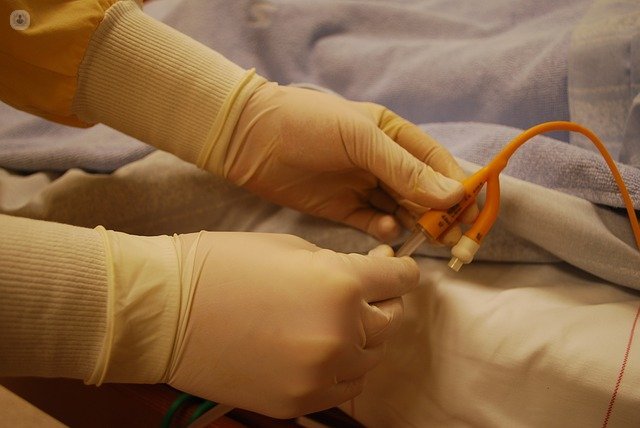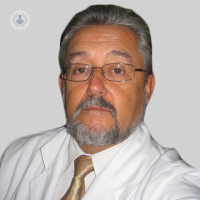What is a cardiac catheterization?
Written by:A cardiac catheterization is to study some of the properties and functions of the heart using catheters.
 A catheter is a radiopaque material filament (visible RX) you move from one (femoral, radial, brachial ...) from an artery or vein (femoral or antecubital) to reach the heart or close to the same portions.
A catheter is a radiopaque material filament (visible RX) you move from one (femoral, radial, brachial ...) from an artery or vein (femoral or antecubital) to reach the heart or close to the same portions.
Types of catheterization
There are two main types of catheterizations in cardiology. On the one hand, there catheterization studying, and can repair, anatomy and physiology cardiocirculatory (hemodynamics). And, secondly, the catheterization that value and can modify the electrical characteristics (Electrophysiology).
In the first, the most common today are the catheterization to determine the state of the coronary arteries and fix them when possible, which are called coronary angiography. This can only be diagnostic, ie knowledge of the patient's anatomy and assessment of the possible injury / existing obstructions. But more often than not diagnostic and therapeutic, ie, in the same procedure the lesions quantified and resolved by implanting stents.
Stents are a metal or plastic mesh that is placed inside the artery to remove an existing tightness caused by atherosclerotic plaques, which are products of deposition of cholesterol and platelets.
The stent is advanced through a catheter of about 2mm diameter, for a retrograde arterial approach, access to the origin of the coronary arteries. With the help of iodinated contrast network of arteries of the heart is displayed and, if available a plate with obstruction, a "guide" the thickness of a hair to the distal portions of the narrowness progresses and that "rail" is progressing former a "balloon catheter" (with a micro-ball) which, when inflated, reduces the size of the plate and can then remove the ball and place the stent at the site of stenosis. This stent is implanted by other micro-ball (which is removed) to leave permanently deployed within the artery and provide appropriate scaffolding for healing and healing.
Stents (some, less absorbable) often carry antiproliferative drugs that prevent excessive scarring that may block the artery again. Also they require medication administration during the coming months to prevent thrombus formation at that level.


